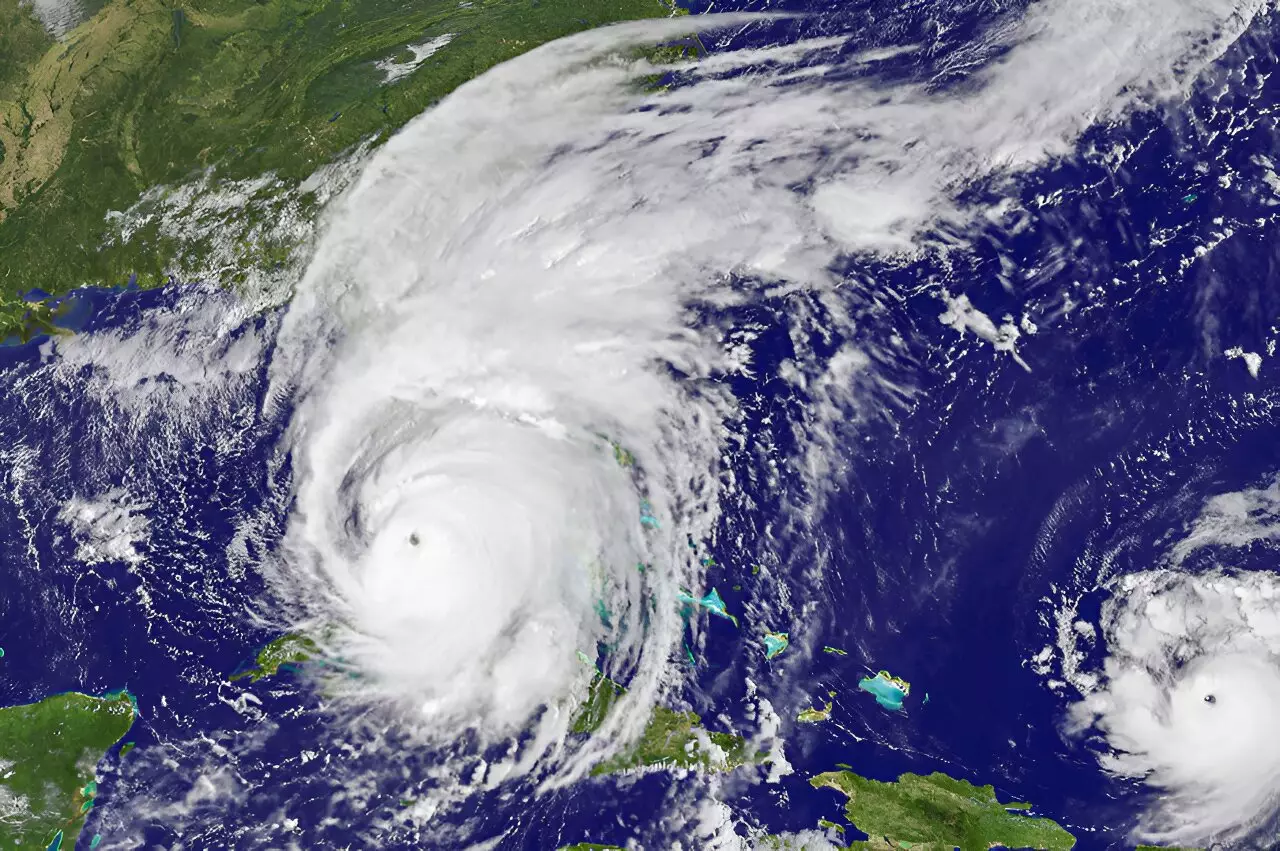Hurricane Irma made landfall in Florida on September 10, 2017, leaving a wake of destruction throughout Miami-Dade County. The hurricane rendered over 600 cellphone towers inoperable and left nearly 900,000 Florida Power and Light customers without electricity. Floodwaters in areas like Coconut Grove and Matheson Hammock Park reached alarming levels of up to 6 feet, exacerbating the physical and logistical challenges in recovering from the storm. In addition to these immediate infrastructural issues, the storm inflicted significant agricultural damage, estimated at around $245 million. However, the aftermath of Hurricane Irma ushered in less visible but equally concerning ramifications, particularly regarding public health and the surge of mosquito populations that posed a heightened risk of vector-borne diseases.
In the aftermath of catastrophic events such as hurricanes, it can be assumed that nature’s ecosystems endure a reset. This perspective, however, was challenged by research led by Imelda Moise, a health geographer from the University of Miami. According to her findings, rather than diminishing, mosquito populations surged in the post-hurricane environment. The environmental conditions created by Irma—characterized by warmer temperatures, increased humidity, and nutrient-rich floodwaters—contributed to an unprecedented increase in mosquito breeding.
Moise’s study, published in the journal Scientific Reports, highlighted a staggering eightfold rise in mosquito captures within the four weeks following Hurricane Irma compared to the same period in the previous and subsequent years. The research was backed by empirical data collected from 2016 to 2018, utilizing mosquito surveillance across more than 160 locations in Miami-Dade. It was revealed that the Culex nigripalpus, which accounted for 70.4% of the mosquito specimens collected, was the predominant species. This species, often responsible for transmitting diseases, posed a challenge to public health agency efforts in combating vector-borne diseases in the region.
One of Moise’s critical findings was the contrasting dynamics among different mosquito species and their breeding preferences following the hurricane. Initially, environmental assumptions had led to a belief that intensified rains would wash away potential breeding sites. However, Moise’s research revealed that populations rebounded not only quickly but with force. By the end of the first week after the hurricane, mosquito counts had soared. The implications of these findings suggest that hurricanes may inadvertently create optimal conditions for certain species to thrive, complicating the ongoing recovery efforts.
Meteorological factors were also examined, as daily fluctuations in temperature and rainfall were analyzed using data from Miami International Airport. This comprehensive approach allowed researchers to understand how variable weather conditions might interact with mosquito breeding dynamics, leading to a more intricate understanding of post-storm ecological changes.
The findings from Moise’s research serve as a pertinent reminder of the multifaceted risks posed by climate change and its interaction with natural disasters. With the specter of future hurricanes looming, public health experts are compelled to shift their focus to managing mosquito populations as part of disaster response strategies. With vector-borne diseases such as Zika, West Nile virus, and Saint Louis encephalitis becoming increasingly dangerous in the post-storm context, proactive measures aimed at surveillance and public education are essential.
In light of the relevance of Moise’s work, community members in affected regions must remain vigilant. The residents of areas that have previously faced devastation, like Florida’s Big Bend coast, must prepare for the potential culmination of natural abundance with heightened disease risk. As other studies have indicated, including those observing post-hurricane spikes in mosquito activity in New Orleans and Puerto Rico, the patterns are becoming evident; hurricanes can lead to mosquito population surges that threaten public health.
Moise’s ongoing ambition to explore the correlation between vector-borne disease outbreaks and hurricane occurrences signifies a critical step in understanding the implications of natural disasters on public health. By examining the social determinants of health, the research aims to uncover vulnerabilities in high-density neighborhoods, particularly those with limited resources. As the dialogue continues around climate resilience and public health preparedness, it becomes increasingly clear that effective strategies must be devised to tackle both infrastructural recovery and ecological balancing post-storm.
The insights provided by studies like Moise’s are essential for both immediate response teams and long-term public health planning. Armed with knowledge about post-hurricane mosquito population dynamics, stakeholders can take preventative measures, thereby mitigating the effects of future hurricanes on vulnerable communities.


Leave a Reply